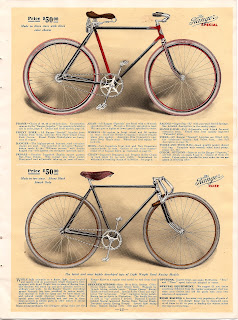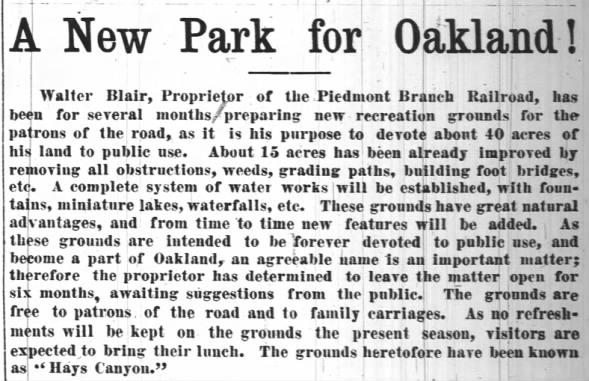What's old is new again. Read From San Francisco to Los Angeles in 1902 by Frank Y. Pearne.
He was riding a "bicycle", probably a lot like today's steel gravel bikes, except for brakes and drivetrain, and the roads were all dirt. The reason why the "gravel" bike is successful is that it's the mutt we needed all along. Go back to the time when adults rode and loved bicycles (all over fastestslowguy.blogspot.com), and you'll see, effectively this mutt bicycle. Then we stopped loving the bike, and fell in love with automobiles, suburbs, etc. The bicycle became a toy. Just like a wolf becomes a dog by shrinking, becoming more cute, the bicycle was an ineffective toy. Europe kept on loving the bike, and that element of our society that focused on competition and winning - and which had also kept a barely-there track and road cycling culture alive during the intervening 70 years - brought European bikes and the racing bike culture over the ocean. The utility bike, the bike that would satisfy every American conflicted with the car, and so was ignored. From 1970 to 1980 we rode "ten speeds", a low-rent version of the racing bicycle, not really what we needed. From the 1980s onward the mountain bike, a bastardization of the American children's bicycle started to take over as the bike for everyone, and the racing bicycle became the top-dollar grown-up toy. Still, not what we needed, but what we thought we needed. Finally, a few enlightened people in the bike industry thought to marry the mountain bike and the road bike, with an eye on the mutts that had survived in Europe and Japan (the tourist bikes so popular in France and Japan) and they reintroduced the mutt. Hybrid vigor produced a very viable offspring, with the best of the mountain bike - tubeless tires, clutch rear derailleur, disc brakes, the ditching of the front derailleur, clearance for large volume tires - adorning a frame, geometry, wheel size and body position that goes back to 1890. This gravel bike, the mutt, is what we needed, and just didn't know we needed. The bike industry finally figured that out and is making hay. Does not bode well for the road market, but who cares? The road and gravel bike will merge. I don't like to call them gravel bikes, I like to call them "bicycles".
My Mead Ranger, circa 1905 had what we now call "700c" wheels, with 1-1/4" tires:
My Falconer "gravel" bike:




